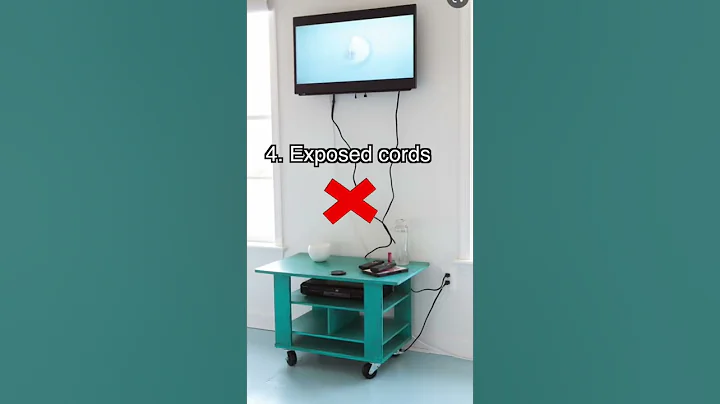First we discuss what a gas heat pump is. The so-called pump is a device that lifts liquids and gases from a lower place to a higher place through the power of the pump. For example, this is the case with the water pumps and oil pumps we are familiar with. The one that converts gas from low-pressure gas to high-pressure gas is called air pump , such as an air compressor or a tire inflator pump. The heat pump, as the name suggests, transfers heat energy from the low-temperature end to the high-temperature end through the heat pump doing work on the medium. So what is the working principle of gas heat pump ? What are its advantages?

Gas heat pump
Our most common air conditioners and refrigerators are typical examples of heat pumps.
For air conditioners, when cooling in summer, the prime mover (motor or other engine) of the air conditioner does work on the heat transfer medium ( Freon ). The medium absorbs the low-temperature heat in the room and turns the medium into heat through the pump ( compressor ). The high-temperature steam dissipates heat to the outdoor atmospheric environment through the outdoor radiator.
The working process of the air conditioner for heating in winter is exactly the same as the cooling process in summer, except that the flow direction of the medium in the air conditioner is different. The Freon in the air conditioner absorbs the heat in the cold outdoor atmosphere, and circulates into the indoor unit after working through the compressor. The heat is blown indoors through the fan coil of the indoor unit.
Our home refrigerators or large cold storages are also typical applications of heat pumps. The medium Freon in the refrigerator absorbs the heat of the low-temperature food in the refrigerator (cold storage) under the action of the motor and the compressor, and then pumps it to the outside radiator to dissipate the heat into the surrounding air, so that the The temperature of objects in refrigerators and cold storages drops.
Gas heat pumps are divided into two categories according to the type of medium, absorption heat pumps and compression heat pumps.
Absorption heat pumps usually use two media, one is ammonia gas -water system, so it is also called ammonia absorption heat pump. The other is lithium bromide -water system, also called lithium bromide heat pump. The working principle of the ammonia absorption system is that the heat energy from the heat source drives the ammonia gas to absorb/desorb at the hot and cold ends, thereby pumping the heat energy from the low temperature end to the high temperature end. This heat source can be high-temperature water steam, heat energy generated by gas combustion, or other forms of industrial waste heat. The lithium bromide absorption system uses an external heat source to promote the absorption and evaporation of water in the lithium bromide aqueous solution at the cold end and hot end to complete the working cycle.
Compression heat pump, the most common working application is our home air conditioners and refrigerators. The medium used is called Freon, which is the collective name for a family of hydrocarbons containing fluorine and chlorine (or chlorine-free). This Freon family is the best heat pump medium found so far by humans and has been the most widely used. . As a result, more than 90% of heat pumps use Freon compression heat pumps. (The damage caused by Freon to the ozone layer in the atmosphere is another topic. Humans now widely use chlorine-free Freon as a medium, which greatly solves this problem).
According to the classification of the power source that drives the compressor, heat pumps are divided into two types, namely electric heat pumps with electric motors as the power source and gas heat pumps with gas engines as the power source.
Electric heat pump uses an electric motor to directly drive the compressor, promotes the circulation of refrigerant medium Freon, and pumps heat energy from the low temperature end to the high temperature end. A gas heat pump is driven by a gas engine (similar to a car engine) to drive the freon circulation in the compressor to pump heat energy from the low temperature end to the high temperature end.
So the difference between the two is just the difference in the prime mover. The motor has a simple structure and can be used immediately after being connected to electricity. The structure of a gas engine is slightly more complicated. In addition to connecting the gas pipeline, it also needs an air passage for auxiliary combustion, as well as an electrical control system for finely and perfectly controlling the operation of the engine to achieve stepless frequency conversion regulation.
Since electricity is a secondary energy source, the electric energy itself is transported from primary energy sources (gas, fuel oil, coal, wind energy, photovoltaic, hydropower, nuclear energy) through the power grid to the place of use over long distances.The efficiency of primary and secondary energy conversion itself is often only less than 40%, and when using traditional long-distance power supply, more than 50% of the electrical energy will be lost due to the resistance heating of the cable itself. Therefore, when the energy efficiency is finally calculated comprehensively, primary energy sources such as gas are only less than 30% is transferred to the shaft power of the compressor.

Gas heat pump
The gas compression heat pump directly uses the primary energy gas to burn in the engine cylinder to do work, driving the heat pump compressor to work. In this process, 30% of the energy is converted into shaft power, and 70% of the waste heat is used as cylinder liner cooling water. It exists in the form of high-temperature flue gas. Through carefully designed heat recovery, 50% of the waste heat can be recovered, and the remaining 20% is discharged into the atmosphere in the form of flue gas and body heat dissipation. Therefore, the energy utilization rate of gas heat pumps on primary energy gas reaches 80%. Coupled with the heat pumping in the air absorbed by the heat pump, for every unit of gas energy input into the gas heat pump, 1.6 times the energy can be obtained at the other end.
The gas heat pump has the biggest advantage over the electric heat pump. When heating in winter, due to the serious overcooling and frosting of the outdoor unit, the electric heat pump must frequently shut down and change the direction of the medium flow for defrosting. The result is that the indoor temperature fluctuates greatly. It’s hard to move up. The gas heat pump has comprehensively utilized medium and low temperature flue gas emissions. This flue gas can be directly connected to the heat exchanger of the outdoor unit. This avoids frosting and defrosting operations, so the gas heat pump can The performance of raising the temperature is very powerful. It can raise the room temperature to the target temperature and stabilize it in a very short time. There is no problem of temperature fluctuation.
In addition, while the gas heat pump is cooling in the summer, it can also produce hot water for domestic use, which can be used for bathing, showering, etc. in the summer. This function is especially suitable for hotels and hotels, where a set of equipment can cool and produce hot water at the same time. When using an electric air conditioner, an additional low-efficiency boiler is needed to produce hot water. In contrast, using a gas heat pump in a hotel can achieve double the results with a single investment, which is far superior to the central air conditioning of an electric heat pump.
In summer, more than 50% of the power grid power in East China, represented by Shanghai, is used for air conditioning and refrigeration. In winter, more than 50% of the power grid power in North China, represented by Beijing, is used for air conditioning and heating. The extremely cold weather this winter has greatly boosted the consumption of heating electricity. As a result, serious power shortages have occurred in many provinces in central and southeastern China, so the use of gas heat pump air conditioners instead of electric heat pump air conditioners has become an urgent problem.





















